Felt is a gift dropped from the heavens for crafting. Crafters love it for its soft texture, vibrant colors, and forgiving nature. This guide breaks down how to sew with felt and offers insights, tips, and a sprinkle of creativity to keep you on top of your felt sewing game.
Before anything else…you must first know choose how to sew with felt. Don’t worry too much about making mistakes because you can always redo your work later! Any stitch can be undone if done right.
1. What’s is Felt Fabric?
Felt is more than fabric: it’s a medium that has a rich history. Understanding the basics helps you approach the sewing experience effortlessly. The way we get felt fabric is by matting fibers under heat, moisture, and pressure. Before that step, people matted wool or other fibers to make felt fabric long ago in ancient times.
1.2.Advantages of Felt Fabric: Soft, Durable, and Eco-Friendly
Let’s take a step back before we touch stitches and threads. Do you understand why this material is such a charm? It’s not just because of how soft it is…or how cozy it feels (although that helps). Its most notable feature is its durability: it can withstand handling stretching and bending without fraying apart.
It’s versatile enough to be used in clothing or accessories…and also home decor! Another reason why crafters love working with this material so much? Because it’s eco-friendly! In fact, it’s one of the most sustainable fabrics out there today.
2.Thread & Needles Choices
2.1 Thread Choices
Threads are like dance partners…the right partner can help you make beautiful art. Embroidery floss carries all sorts of colors — perfect for detail stitching or decorative stitches done by hand. If cotton hits different might I introduce you to perle cotton? It’s soft and lustrous, commonly used for hand embroidery on felt.
Machine sewing calls or practicality. Polyester or cotton threads are your best friends when you’ve got a machine by your side. Whichever one you choose doesn’t matter…they’re both equally trusty! Polyester threads offer the strength and durability needed for functional stitches, so they’re perfect for reinforcing felt projects. You can also explore with different types of thread as you see fit.
2.2 Right Needles
If needles were actors in a movie…they’d be the unsung heroes of the sewing world. When sewing with felt by hand, you’ll want to use larger-eyed needles so that it’s easy to pull through thicker threads like embroidery floss or cotton.
But if you prefer machines then a medium-sized universal needle will get the job done quickly. A little voice tells me that using a 90/14 needle is better for thicker felt or multiple layers but do it carefully! If not, the holes will be visible and that’s not good at all.
3. How to Cut Out Felt with Precision
The canvas awaits. The thread and needle shall dance. Cutting felt takes skill in itself. Equipped with small, sharp scissors or a rotary cutter, along with a quilter’s ruler and cutting mat, you’re prepared to make magic happen. The tools of precision are in the palm of your hand. Mastering them will give you the power of neat edges and intricate shapes.
Have you heard of freezer paper? It’s a handy tool for sure. Ironed onto felt, it becomes a precise cutting guide. You’ll be able to slice through it with ease and keep an accurate shape every time. Imagine how amazing your creations will be when everything is so perfectly measured.
Once that’s done, tracing design is next on the list. And before your needle can start sewing through felt like butter, there must be a blueprint first. This is where tracing paper comes in — transfer pens too, carbon paper and iron-on transfer paper all work as well — it’s up to you which one feels right when designing on clothes made from felt. Once again taking advantage of how amazing this fabric is.
After your final stroke using these pens or papers, your design will be ready for embroidery. And the fun part starts here! Simple stitches like running stitch, blanket stitch, whip stitch, backstitch and french knot create some beautiful patterns and textures on these art pieces!
As you get better at it, your creativity flow more freely. You may even begin creating personalized designs that no one else can recreate!
4. Frequently Asked Questions
4.1 What Sewing Machines Needed?
A field where fast stitches are preferred but accuracy is key. First things first though — make sure you have the right size needle and thread. Why is this important? Well if they’re too big they can make visible holes on your canvas. Something none of us want. But follow these steps below once that’s taken care of:
– Stick to straight stitches.
– If there’s an option for blanket stitch on the machine, take it!
– Make sure your sewing feet are standard.
– Experiment with double fabric layers or backing fabric to add stability to the felt dance.
So, But don’t worry if you don’t have a fancy sewing machine. A regular one will do just fine!
Regular sewing machines pair up nicely with felt. Universal needles, straight stitches, and a gentle touch are all that’s needed to make them work together. Try it out! You might be surprised by how well they perform as partners.
4.2 Types of Felt: From Crafty to Classy
Not all felt is made the same. There are different types for certain projects. Here is a list of some popular ones:
– Craft felt
– Korean hard felt
– Eco-fi felt
– Xotic felt
– Blended wool felt
– 100% wool felt
Hand in hand with the right needle – embroidery needles for hand-sewing, universal machine needles for the dance of the machines – your felt projects take on a life of their own.
4.3 Is There Any Environmental Considerations?
In a world mindful of its ecological footprint, felt crafts become a conscious choice. Craft felt and Korean hard felt, being synthetic, bear a heavier footprint. Enter eco-fi felt, crafted from recycled plastic bottles, a beacon of sustainability. Xotic felt, rooted in bamboo, adds an eco-friendly touch, while blended wool felt strikes a balance between nature and industry. For the eco-conscious, 100% wool felt stands tall – natural, biodegradable, and a testament to responsible crafting.
Closing Thoughts
Armed with the knowledge of stitches, threads, needles, and the myriad types of felt, your felt-sewing journey awaits. Feel the softness, embrace the durability, and revel in the eco-friendly embrace of this versatile fabric. Whether you’re creating clothing, accessories, or home decor, let your creativity unfurl like a tapestry of possibilities. The world of felt sewing is yours to explore one stitch at a time. Happy crafting!
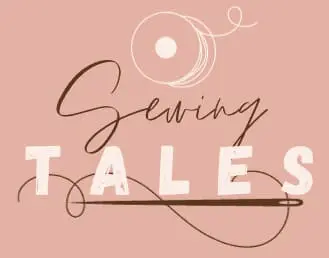

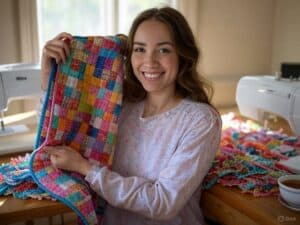
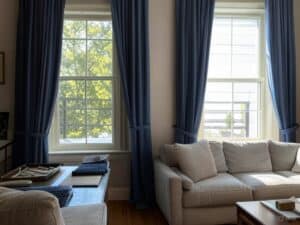
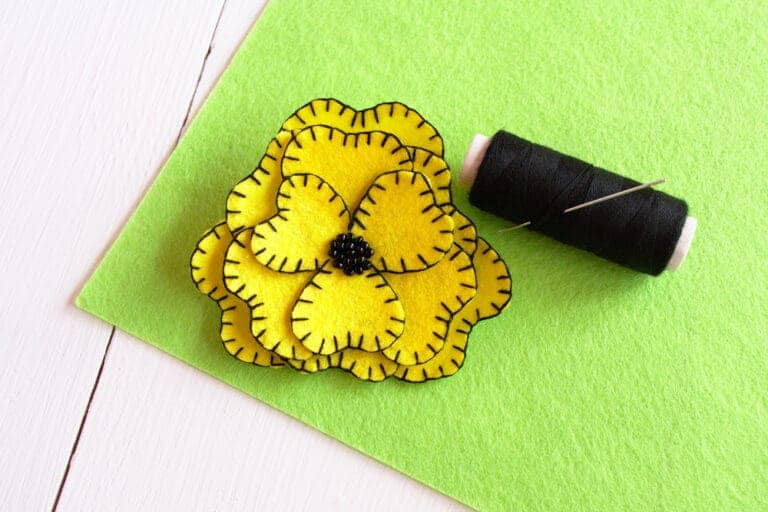
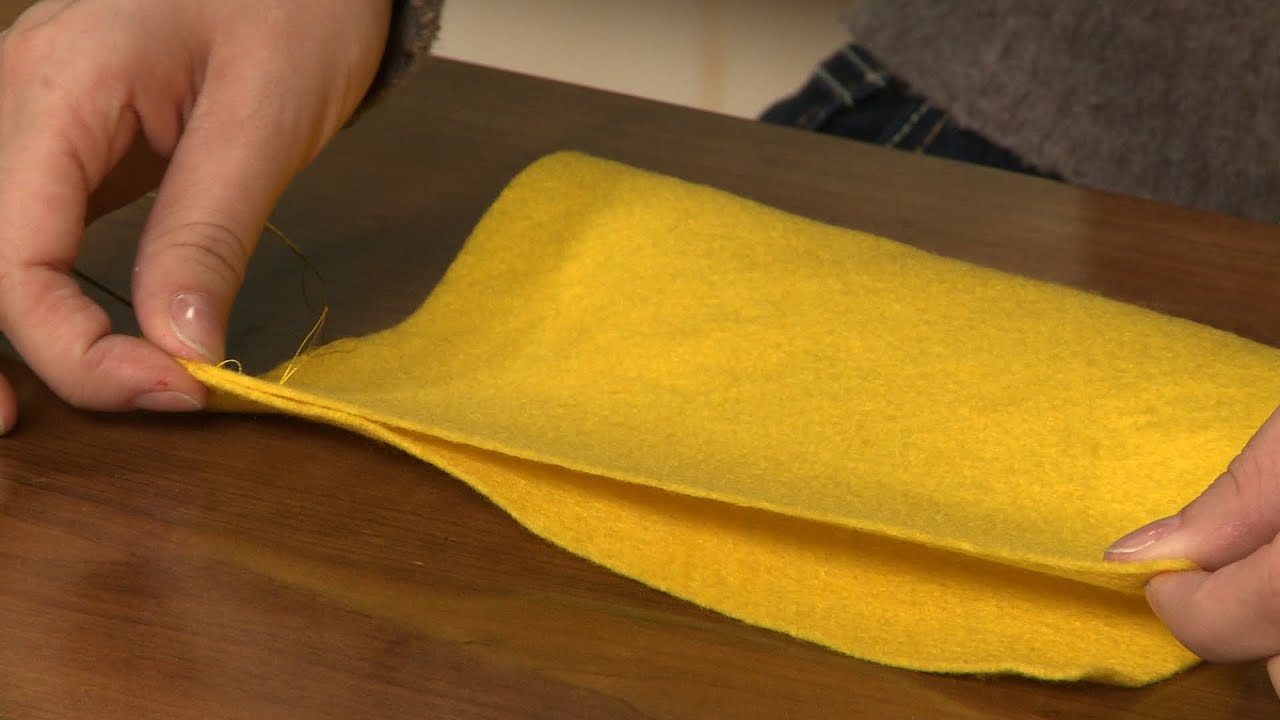
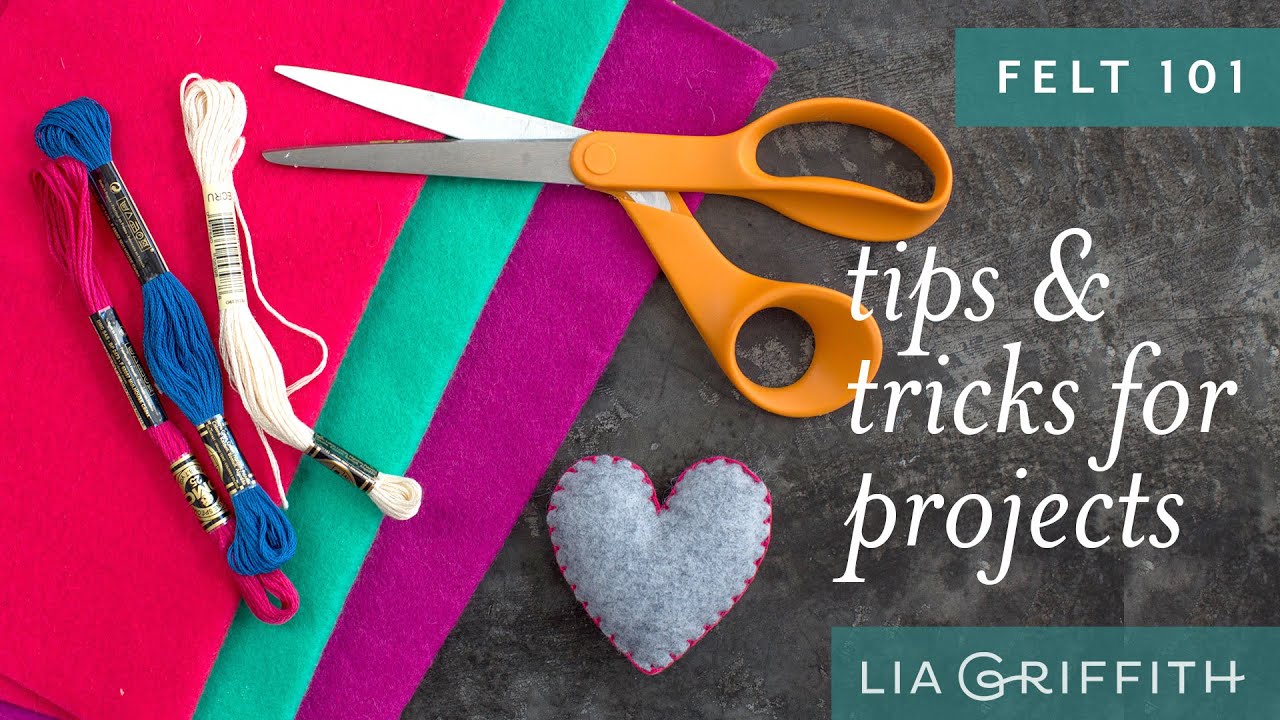
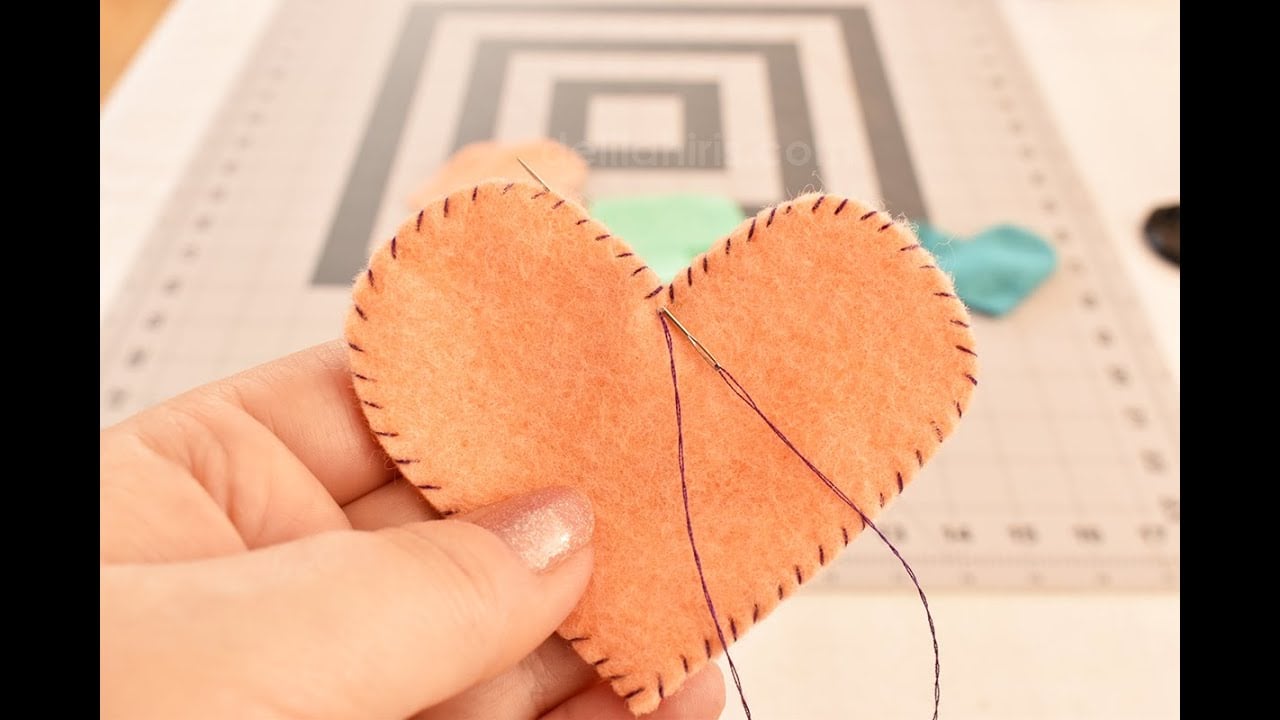
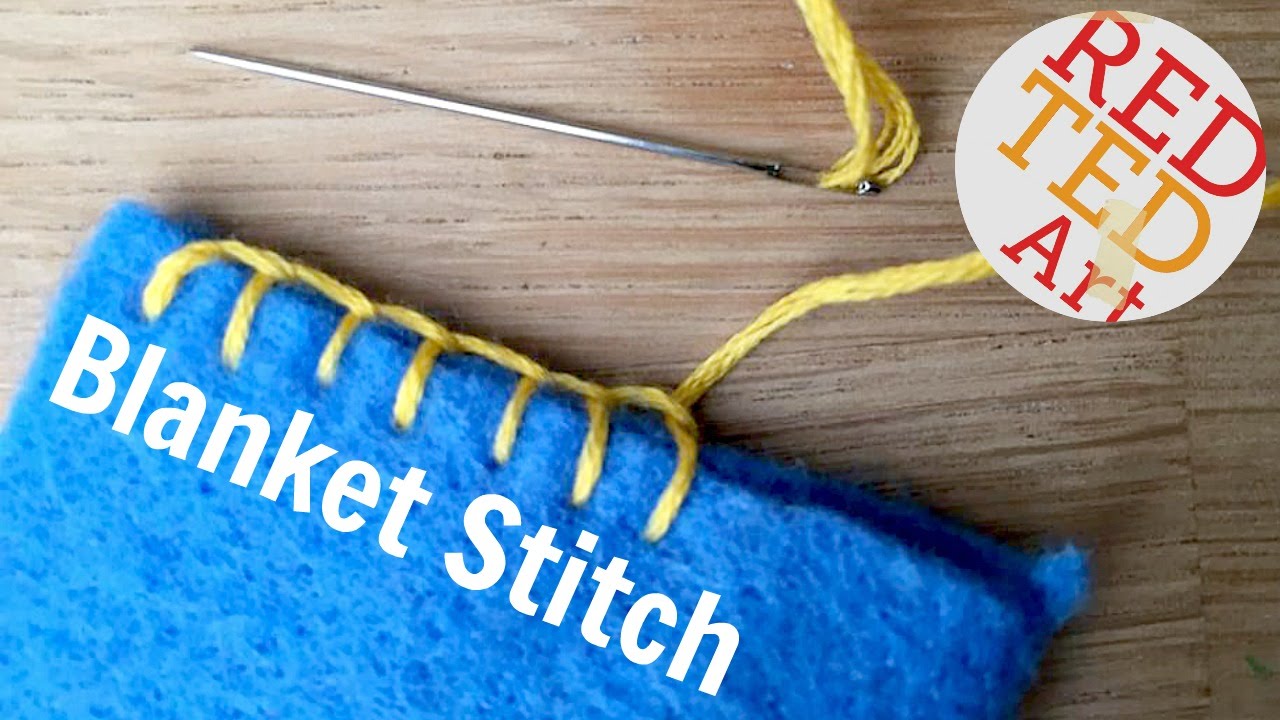



1 Comment
I’ve heard about this fabric before, yet I don’t have a good understanding of it. Thankfully, this article has helped me learn its basics and provided clarity on its advantages and proper handling. With this I will be embarking on my felt-sewing journey. I am excited to experience the softness, durability, and embrace the eco-friendly qualities of this fabric.